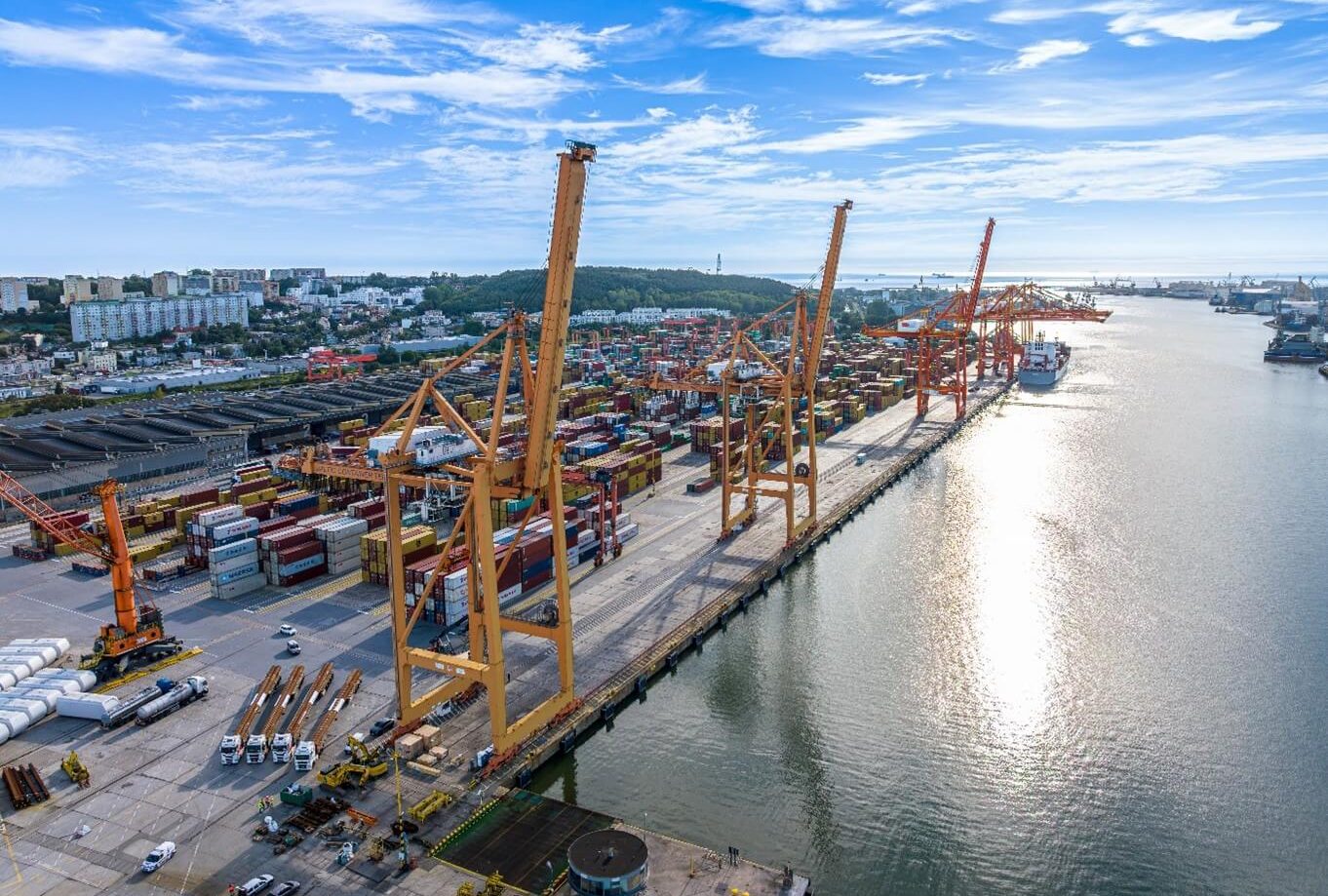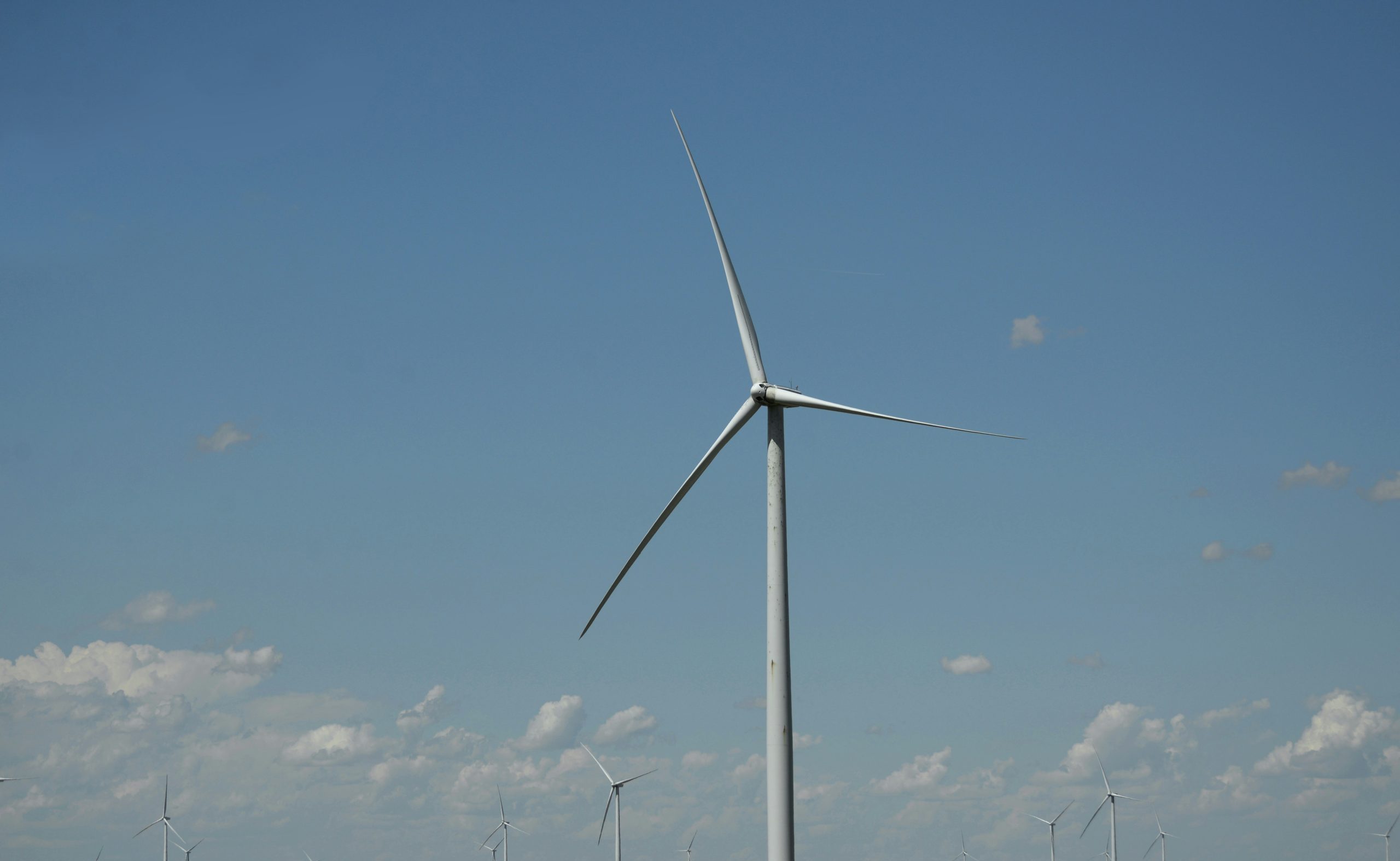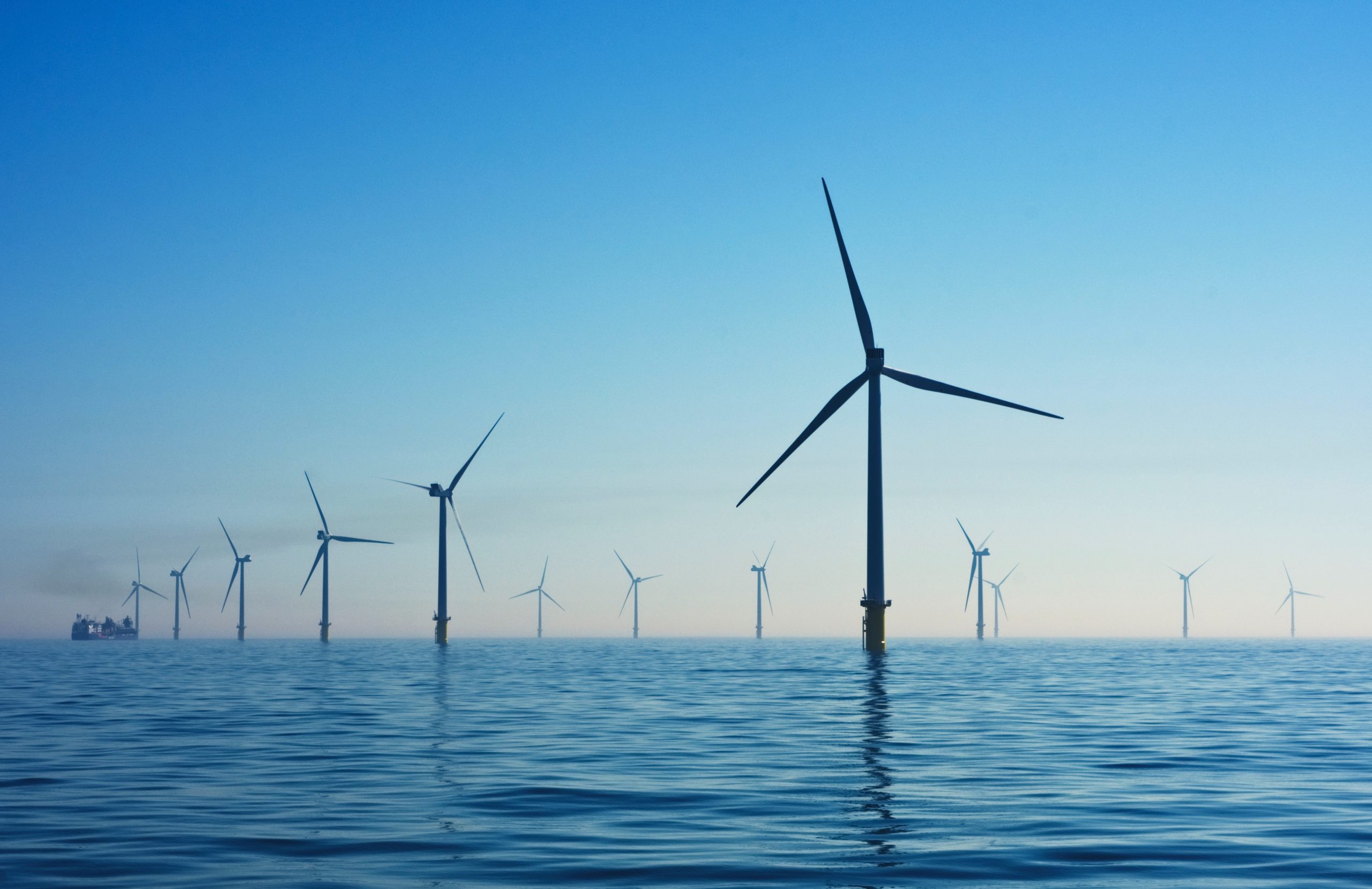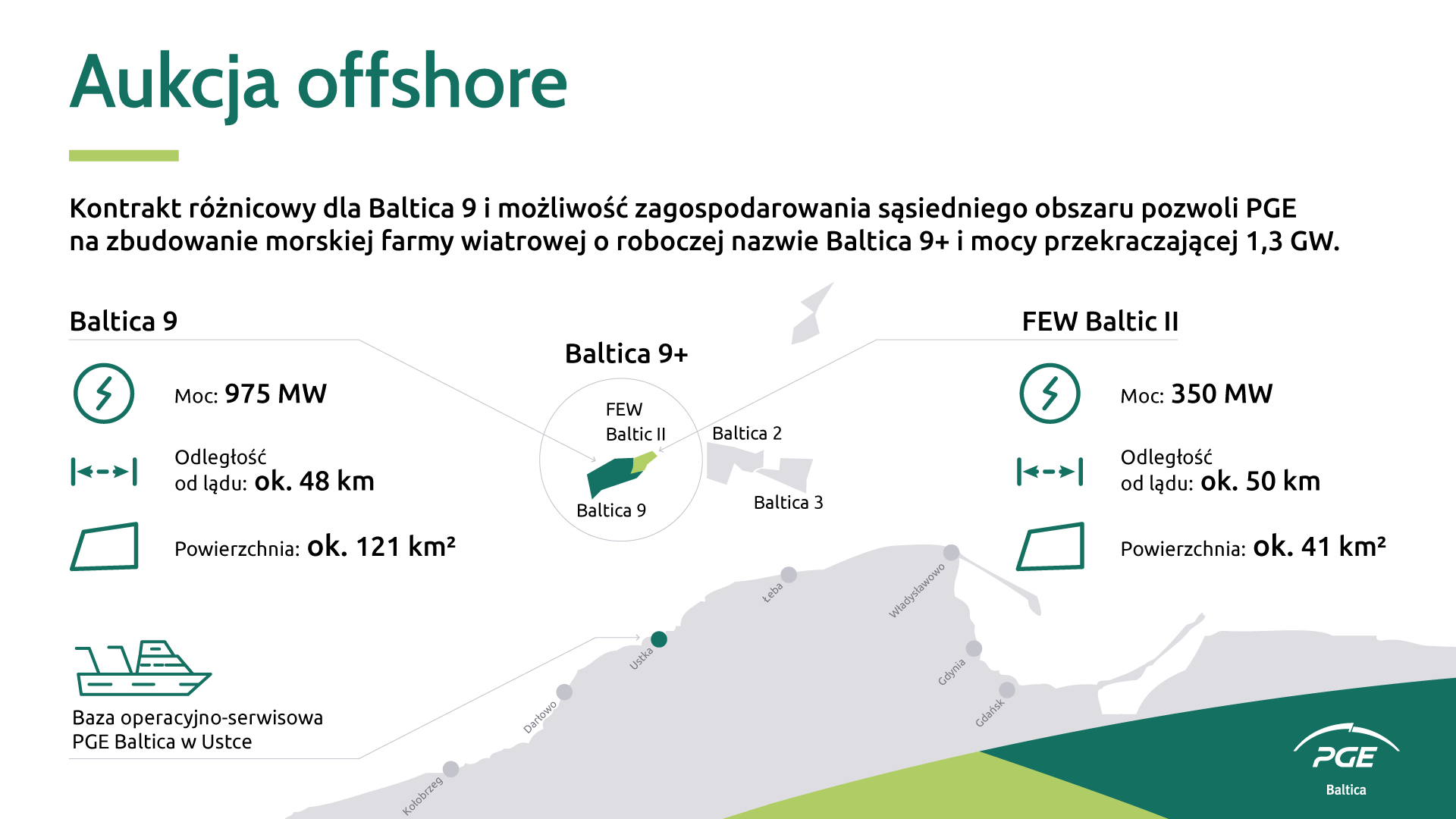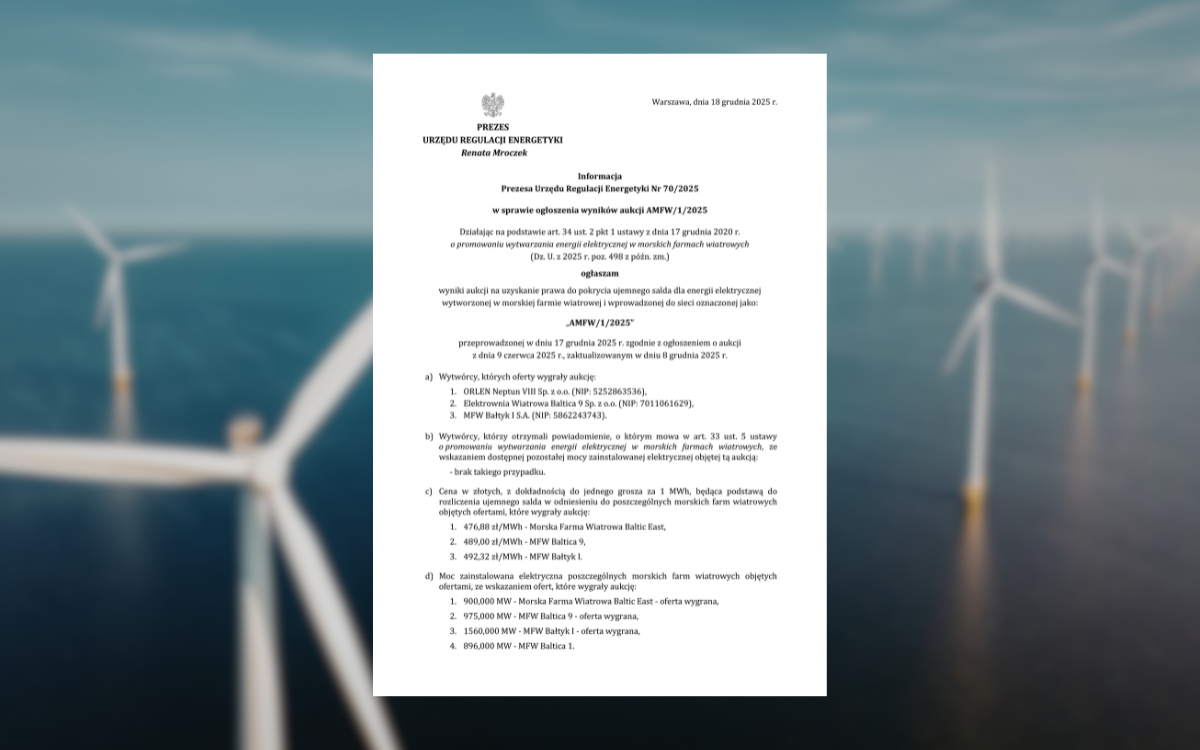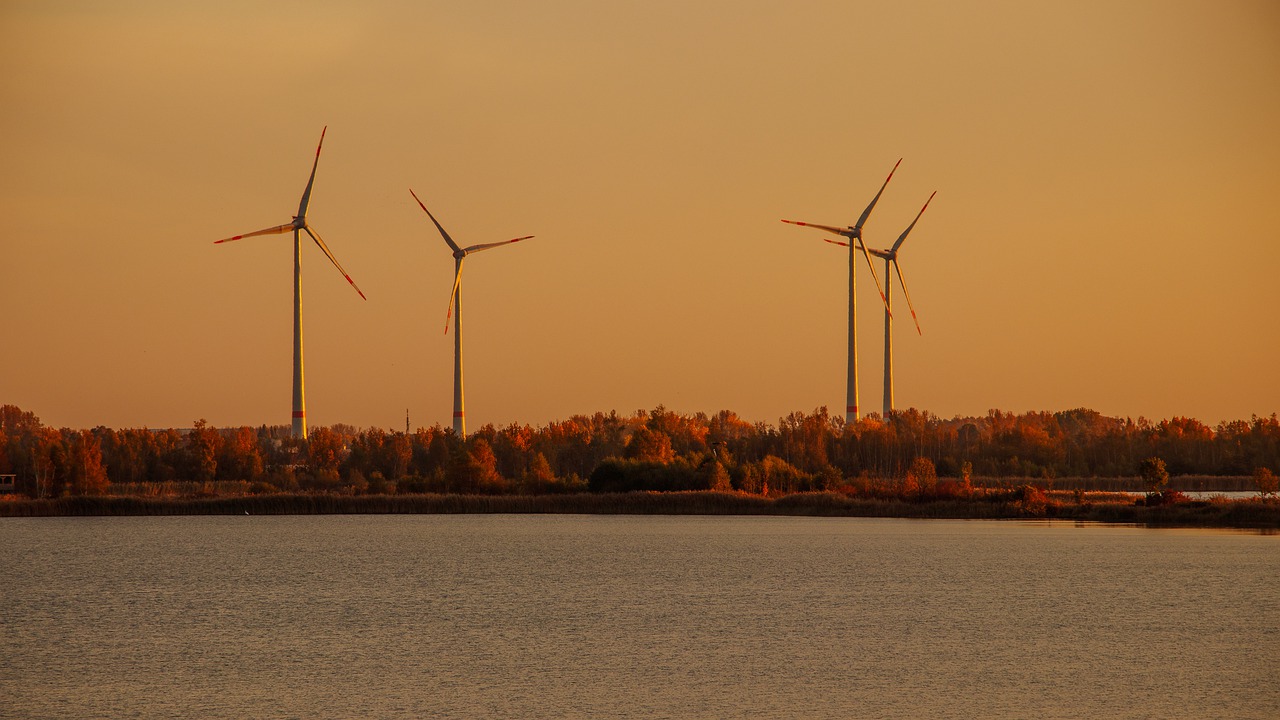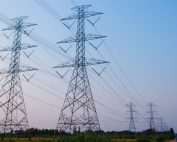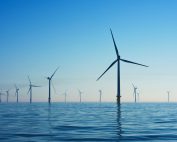Korporacja Budowlana DORACO completed the first stage of the redevelopment of Hel Quay in the Port of Gdynia. The general contractor has handed over the newly built infrastructure for use. The second and final stage of work at the port is expected to be completed in the third quarter of 2026.
This is another step towards transforming the Port of Gdynia into a modern, competitive transhipment hub in the Baltic. The works completed by DORACO lasted 17 months and included the construction of a new quay with a length of over 400 metres and a technical depth of 15.5 metres, as well as a crane track of 1,171 metres. New hydro-engineering structures were built, including the quay slab and equipment, road structures with concrete paving, sanitary networks with water mains, rainwater drainage, drainage and sanitary sewerage, and a new electricity network. The project used 4,500 tonnes of steel and nearly 15,000 m³ of structural concrete.
– Construction was carried out with the Baltic Container Terminal in full operation, which required extraordinary precision and coordination. In carrying out the project, we introduced innovative technologies, including an innovative method of sealing and protecting against the outflow of artesian waters, while ensuring protection against the potential breakthrough of a tight groundwater table – says Piotr Siemaszko, Hydrotechnical Division Director, DORACO. – This enabled us to speed up construction and at the same time increase the safety of the structure.
The works were carried out in close cooperation with the users of the terminal – each change had to take into account the continuity of transshipment and the safety of port operations. There was no shortage of challenges during the works. The need to carry out work on an active quay, in difficult hydrogeological and geotechnical conditions, required exceptional competence from the DORACO team. The team had to contend with fluctuating water levels as well as time and logistical constraints in being able to work on the water, if only for the duration of mooring, unmooring and ship manoeuvring.
– Organising all these activities required advanced coordination and logistical skills in order not to disrupt the normal operation of the port and at the same time to ensure the safety and smooth progress of the construction works – adds Adam Mańka, Contract Director, DORACO.
Much of the work was carried out with the assistance and participation of divers. During the execution of demolition, pile-driving, reinforced concrete, sanitary and equipment works, these specialists play an extremely important role, among other things by checking on an ongoing basis whether there has been any accidental breakthrough of the tense water table during pile-driving works involving the installation of a combined wall, or any uncontrolled concrete spillage during underwater concreting.
The next stage of the investment includes the demolition of Hel Quay II and Oksywskie Quay and the construction of a new section of the quay with hydro-technical equipment, including mooring polders, fenders, curbs, ladders, life racks. There will also be additional crane tracks, a pavement with a 40kN/m2 payload, water and sewage networks, power and telecommunications networks, as well as underground and above-ground infrastructure equipment. In addition, the following works will be carried out: demolition, piling, reinforced concrete, surfacing, sanitary, electrical and intake works, among others. Completion of the second phase of works is scheduled for the third quarter of 2026.
The objectives of the port redevelopment are primarily to adapt the port infrastructure to handle ships with higher parameters than before, to improve navigational and safety conditions and to increase the handling potential and capacity of the Port of Gdynia. The undertaking will contribute to strengthening the competitiveness of the Polish economy by providing appropriate conditions for the development of trade based on water transport and increasing transshipments exported by sea. It is a project that really strengthens Poland’s position on the logistical map of Europe.
Source: DORACO
